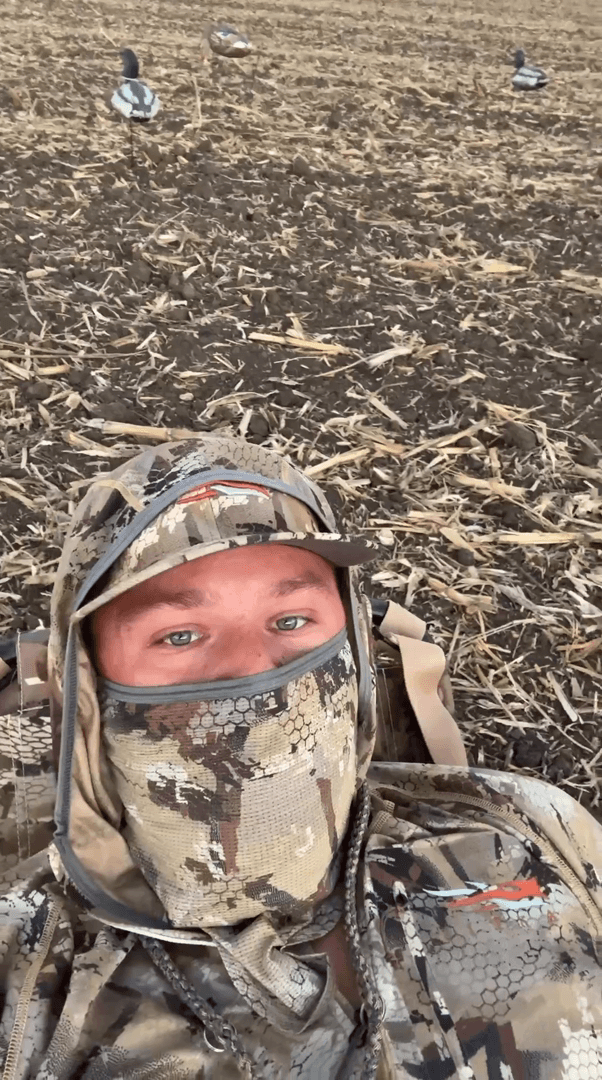
Waterford Duck Shooting in Ireland: A Hunter’s Guide to Premier Waterfowl Hunting. Demographics, Associations and Clubs, Laws and Seasons Waterford, located in Ireland’s southeast, is a prime dest
Post: 28 May 13:10

Post: 28 May 13:10

Post: 15 April 14:39

Post: 23 September 18:04

Post: 23 July 08:19

Post: 18 September 13:05

Post: 15 October 09:47

Post: 28 August 07:23

Post: 26 October 10:44

Post: 25 August 13:00

Post: 24 November 20:03

Post: 25 August 08:03

Post: 9 June 14:16

Post: 3 August 17:43

Post: 20 November 23:13

Post: 3 June 00:15

Post: 17 September 18:23

Post: 5 August 10:34

Post: 18 May 09:20

Post: 17 January 10:01

Post: 13 May 12:24

Post: 4 April 14:36

Post: 26 May 15:02

Post: 24 February 08:58

Post: 13 December 18:00

Post: 21 August 10:23

Post: 4 July 05:37

Post: 15 January 17:25

Post: 21 August 19:34

Post: 18 August 10:24

Post: 5 August 11:31

Post: 4 August 07:00

Post: 29 July 11:29

Post: 10 October 18:08

Post: 21 May 20:05

Post: 21 June 12:16

Post: 17 May 13:25

Post: 15 May 20:36

Post: 23 August 22:03

Post: 21 September 19:34

Post: 29 May 12:31

Post: 19 September 11:24

Post: 6 June 14:16

Post: 31 July 12:07

Post: 31 July 09:08

Post: 30 July 07:12

Post: 30 July 08:40

Post: 30 July 08:11

Post: 18 July 08:28

Post: 17 July 08:28

Post: 17 July 08:00